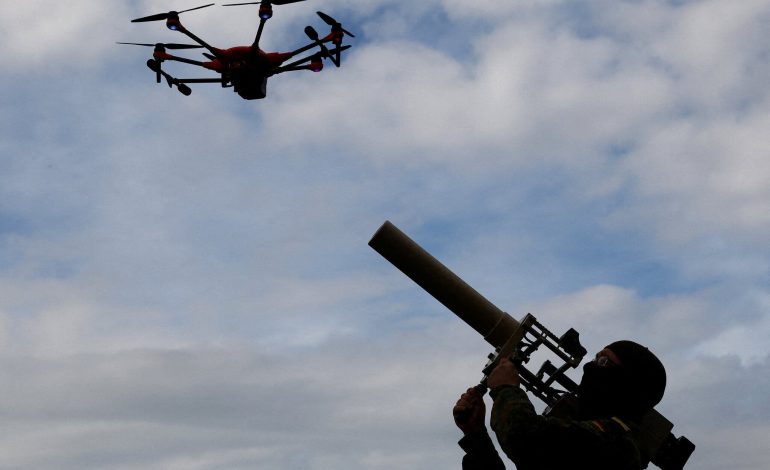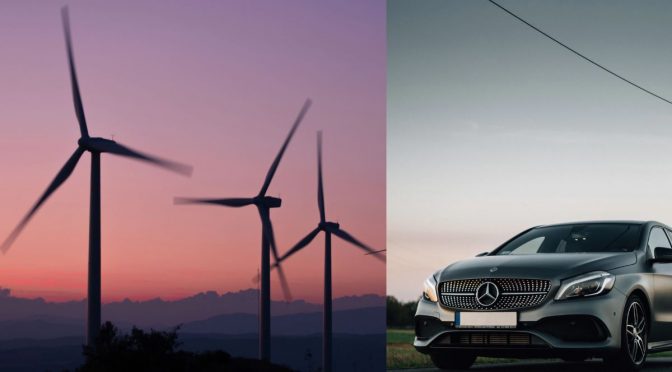The EU is kicking around a plan to throw up a “drone wall” along its eastern edge — think shared radar, sensors and electronic jammers, not a concrete barrier — to spot and swat unmanned aircraft. After a string of incursions into Polish, Romanian, Danish and even Norwegian airspace, the idea has jumped from think-tank talk to leader-level agenda in Copenhagen.
On the same day Commission chief Ursula von der Leyen floated an “eastern flank watch” in her State of the Union last month, Polish officials said around 20 Russian drones crossed into their airspace. Romania later reported an incursion; Estonian jets were buzzed by Russian fighters. Denmark just dealt with drone activity that disrupted multiple airports. Cue urgency.
“We need to act now,” von der Leyen said, promising “immediate actions” to build the wall.
NATO’s Mark Rutte called the concept “timely and necessary,” warning you can’t keep firing million-euro missiles at drones that cost a few thousand.
A layered, shared air picture and toolbox stretched across the EU’s eastern flank:
- Detection: networked radars, acoustic and RF sensors, plus space-based and maritime feeds (part of a bigger “Eastern Flank Watch” concept).
- Interception: electronic warfare — jamming, spoofing, GPS denial — backed by cheaper kinetic options instead of burning Patriot missiles on quadcopters.
- Data sharing: real-time cross-border tracking so a drone tagged in Romania isn’t “lost” at Poland’s border.
- Ukrainian lessons: the blueprint leans on Ukraine’s hard-won counter-drone know-how.
It’s still early days — capabilities, command-and-control and procurement are being hashed out. One immediate priority, officials say: better early-warning coverage where Europe “clearly lacks” it.
Frontline states (Latvia, Lithuania, Finland, Poland) are cheering and say it can move fast. Latvia’s PM insists it shouldn’t take “three years.”
Skeptics want to broaden the frame. France’s Emmanuel Macron doesn’t love the slogan — he’s pushing for a fuller mix of early-warning, long-range strike, and air defense (and reminds everyone nuclear deterrence exists). Germany’s defense minister Boris Pistorius says there are more urgent gaps and warns against overpromising a wall that won’t materialize “in the next three or four years.” Southern members (Italy, Greece) caution: don’t forget the Med.
Brussels is cooking up a “financial toolbox” to help fund it — details TBD. Poland wants grants and subsidies, not just loans. Expect a tussle over common money, joint procurement, and how much the EU versus capitals foot the bill.
That’s the fight. Supporters want quick wins — plug detection gaps, standardize data sharing, deploy jammers — while the heavier lifts (industrial buys, training, doctrine) spool up. Critics say: manage expectations. Either way, Denmark’s summit security — with allied anti-drone kits, a German frigate in port, and a temporary drone ban — shows how quickly Europe is treating drones as a daily defense problem, not a future one.
The drone wall is one of four EU defense projects feeding a “Defence Readiness Roadmap” to make Europe “2030-ready,” dovetailing with NATO. It sits alongside maritime security, real-time space surveillance, and beefed-up industry. There’s also a standing debate over using frozen Russian assets to back Ukraine — another Copenhagen hot potato.
Russia, for its part, denies the incursions and mocks the wall idea. European leaders counter that documents don’t defend borders — deployable sensors and shared rules of engagement do.
Europe’s “drone wall” isn’t a barrier — it’s a bargain: build a cheaper, smarter shield that can spot and stop small, fast, dirty threats before they cause outsized damage. The politics are messy, the engineering is doable, and the clock is ticking.
Politico, the New York Times, Reuters, BBC, and CNN contributed to this report.










The latest news in your social feeds
Subscribe to our social media platforms to stay tuned